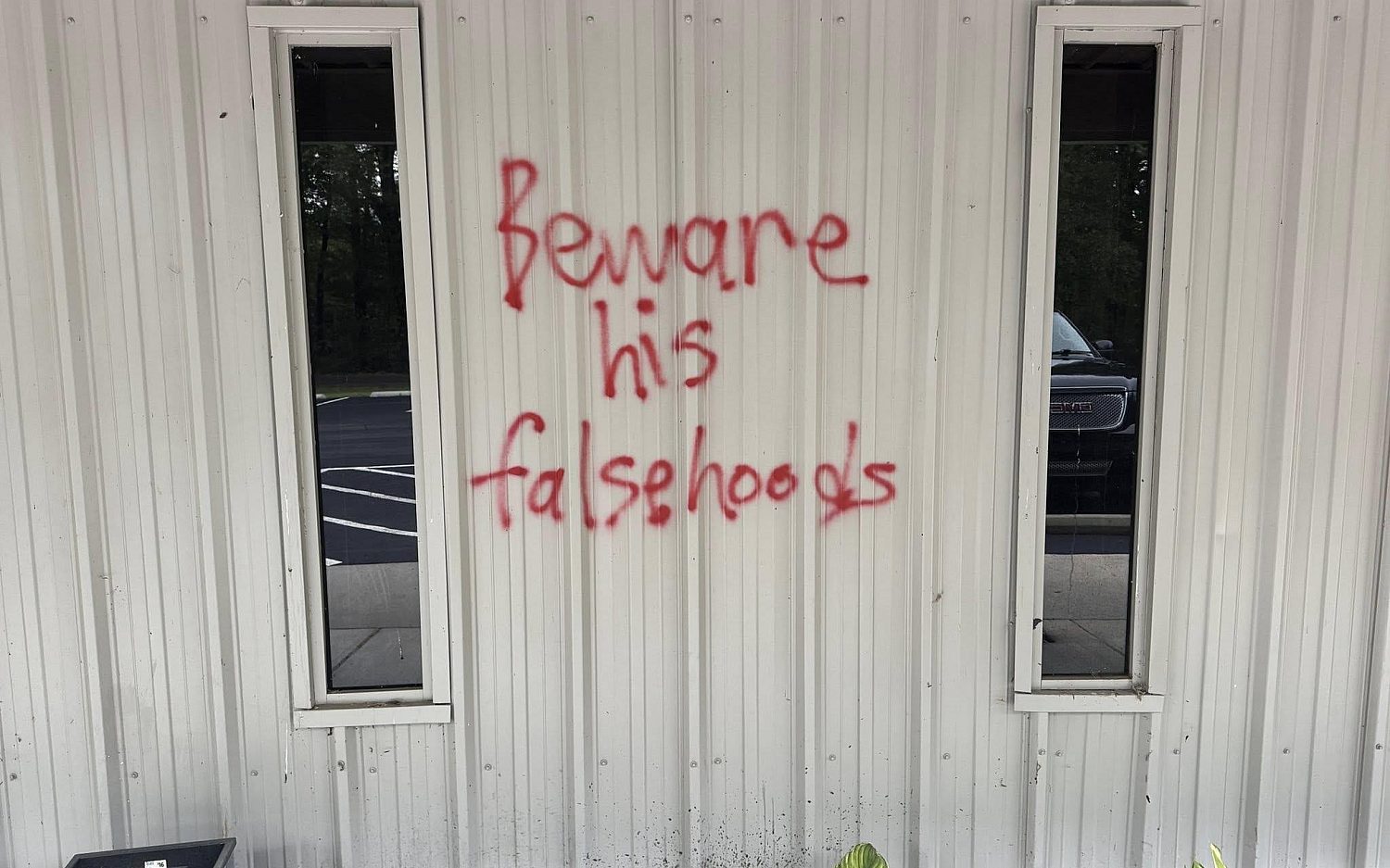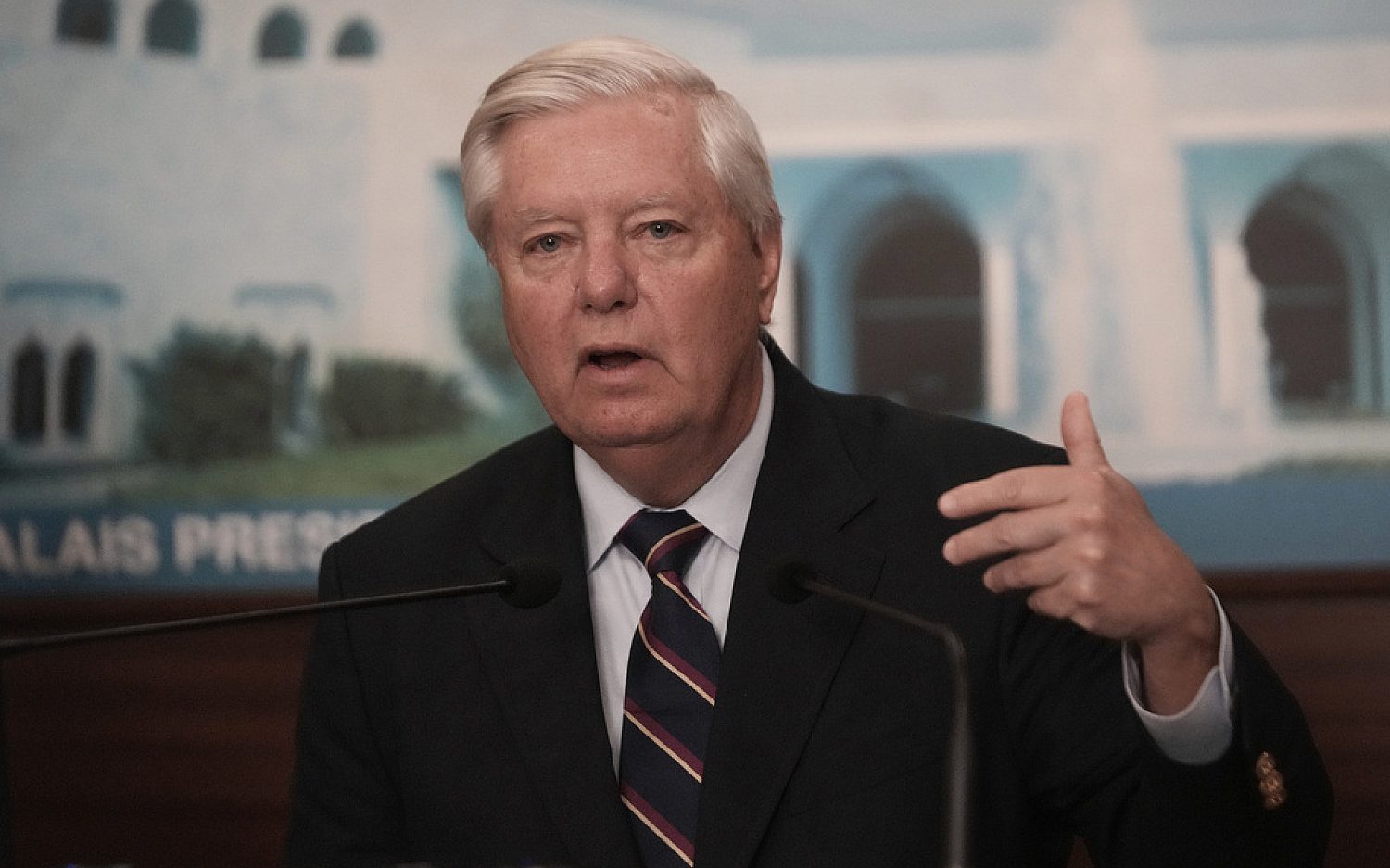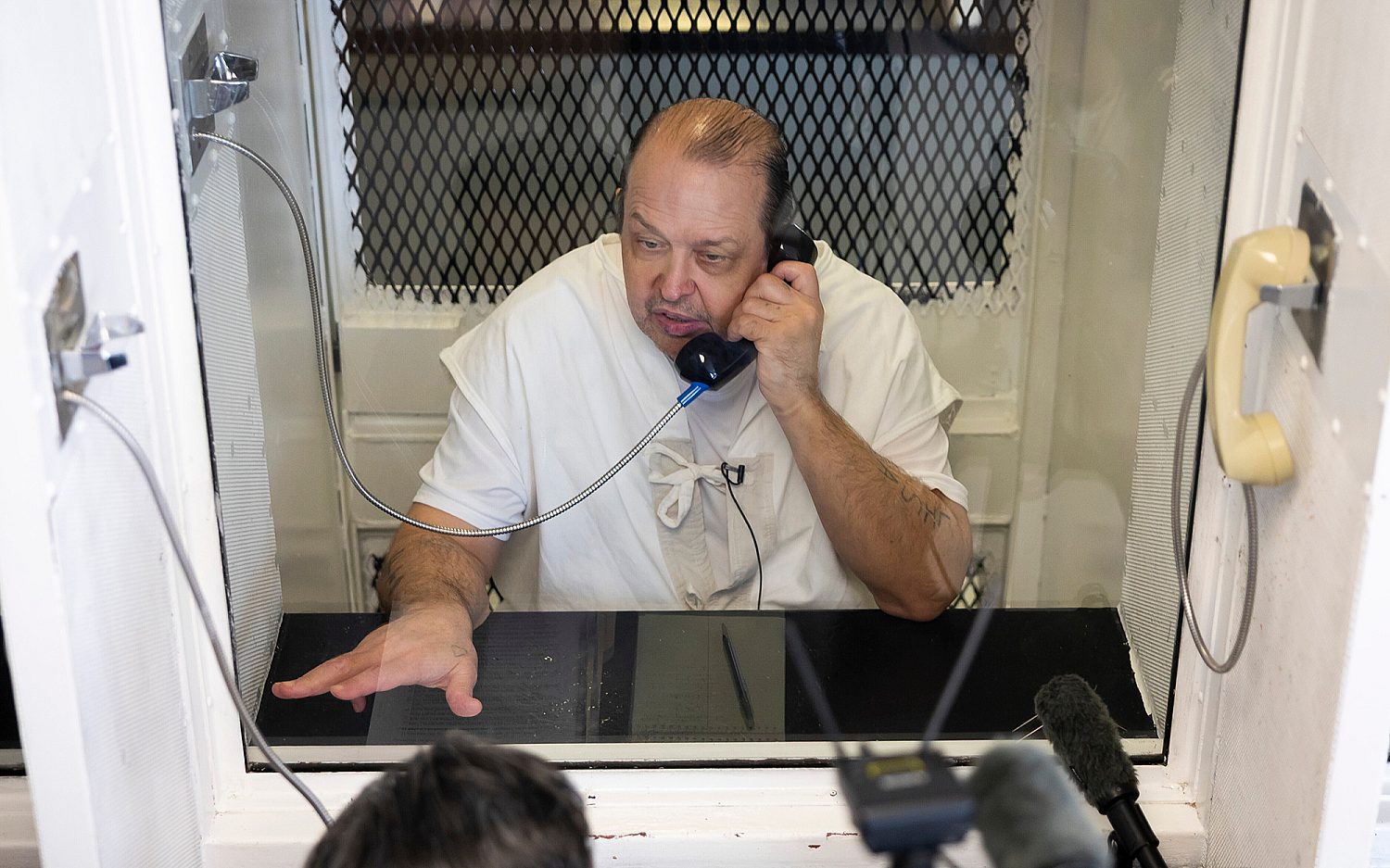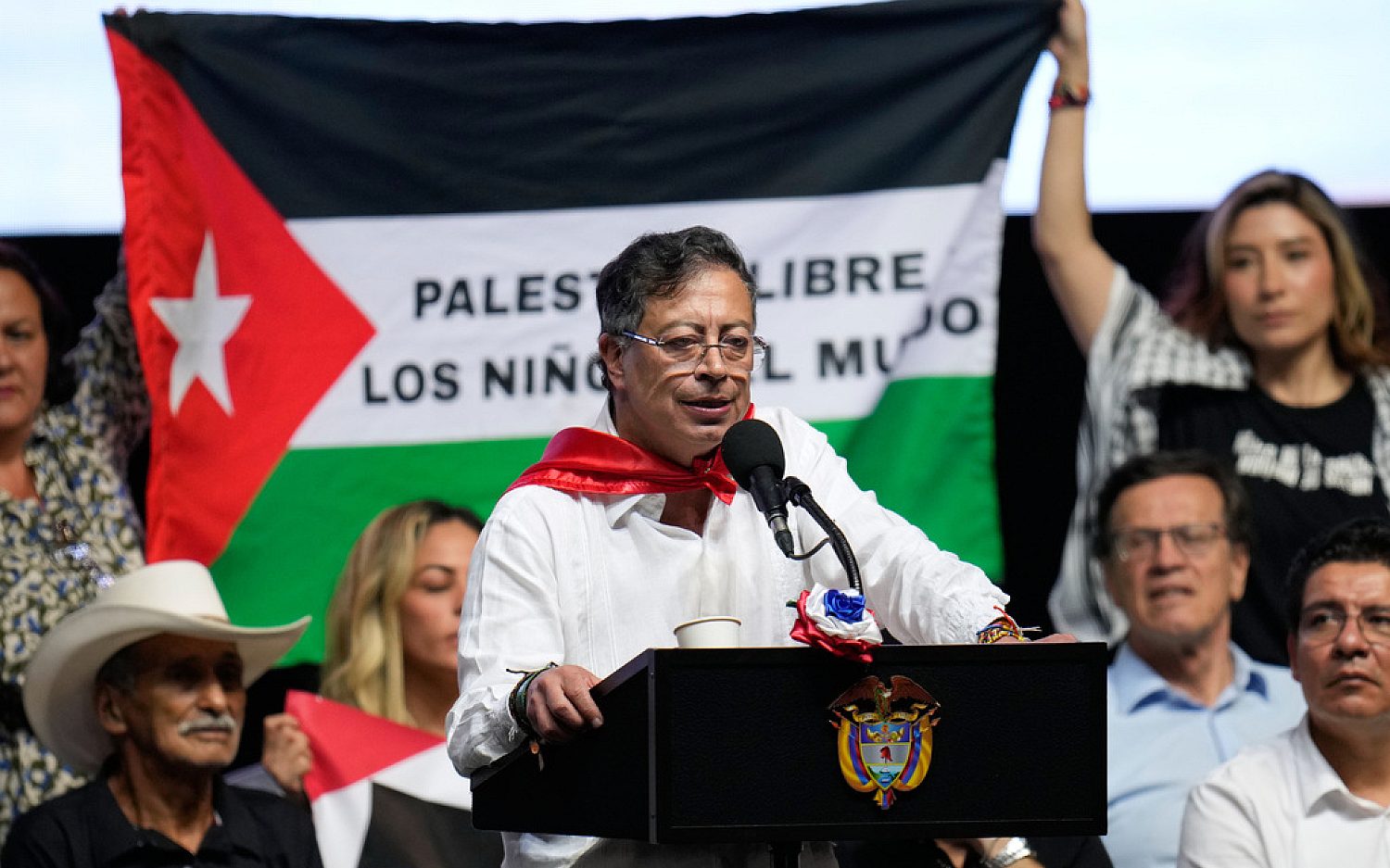Man who exposed Korean War massacre by U.S. troops has died
Chung Eun-yong, an ex-policeman who spent half a century urging the U.S. Army to acknowledge the Korean War refugee massacre at No Gun Ri, has died at 91, according to the No Gun Ri International Peace Foundation. His quest for justice for his two slain children led to the U.S. Army’s 2001 admission that the event was a “deeply regrettable accompaniment to a war.”
In the first weeks of the 1950-53 war, U.S. and South Korean troops were being driven south by North Korean invaders, and reports spread that northern infiltrators were disguising themselves as South Korean refugees. On July 26, 1950, outside the central South Korean village of No Gun Ri, hundreds of civilians from nearby villages who had been ordered south by U.S. troops were stopped by a dug-in battalion of the U.S. 7th Cavalry Regiment. They then were attacked without warning by U.S. warplanes. Survivors fled under a railroad overpass, where for the next three days they were fired on by 7th Cavalry troops.
Korean witnesses estimated 100 were killed in the air attack and 300 under the bridge. Most of the victims were women and children. Among the dead were Chung’s 4-year-old son and 2-year-old daughter. His wife was badly wounded but survived. Chung, a law student who as a former southern policeman might have been executed by the northerners, had left their village earlier.
Survivors kept silent during decades of authoritarian rule in South Korea. But in the 1990s, after tedious research in which Chung concluded the U.S. Army’s 7th Cavalry Regiment of the 1st Cavalry Division was responsible for the massacre, they filed a series of petitions to U.S. authorities. Survivors demanded an investigation, an apology, and compensation. All their petitions were ignored or dismissed until in 1999 The Associated Press reported it had confirmed the mass killing, through 7th Cavalry veterans who corroborated the accounts of Korean survivors. The AP also uncovered declassified files showing U.S. commanders at the time ordered units to shoot civilians in the war zone.
That prompted U.S. and South Korean investigations, and in January 2001 the Army acknowledged the No Gun Ri killings but assigned no blame. President Bill Clinton issued a statement of regret, but not the apology demanded by the survivors. No compensation was offered. Chung and his group denounced the findings as a “whitewash” of command responsibility and rejected the subsequent U.S. offers to build a monument and establish a scholarship fund honoring all Korean war civilian victims, not just those from No Gun Ri.
In 2004, the South Korean National Assembly authorized a 29-acre No Gun Ri Peace Park at the site, medical subsidies for the surviving wounded, and a committee to identify victims. In 2005, the committee certified the names of 163 dead or missing and 55 wounded, some of whom later died of their injuries.
In the early 1950s, Chung returned to police work in Daejeon and later was a partner in a small bottle-making plant there. Among his survivors are his wife of 69 years, Park Sun-yong, and a son born after the Korean War, Chung Koo-do, chairman of the government-supported No Gun Ri International Peace Foundation, which helps run the memorial park.
The Associated Press contributed to this report.
An actual newsletter worth subscribing to instead of just a collection of links. —Adam
Sign up to receive The Sift email newsletter each weekday morning for the latest headlines from WORLD’s breaking news team.




Please wait while we load the latest comments...
Comments
Please register, subscribe, or log in to comment on this article.